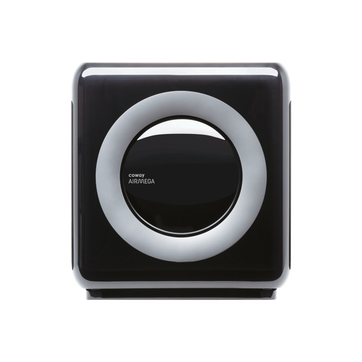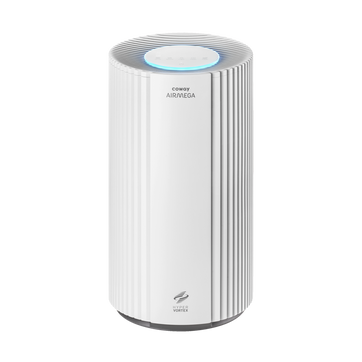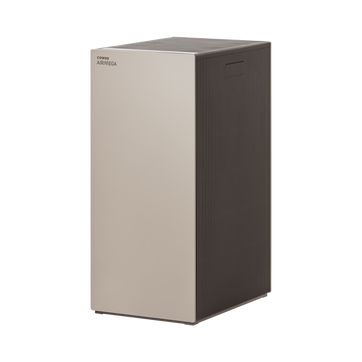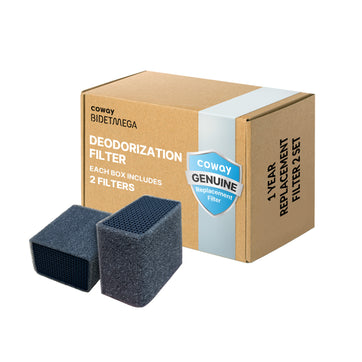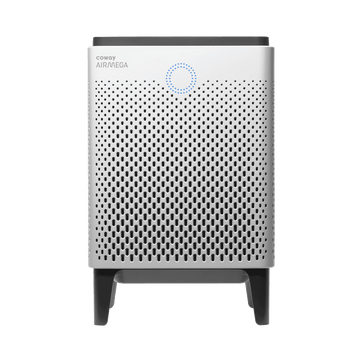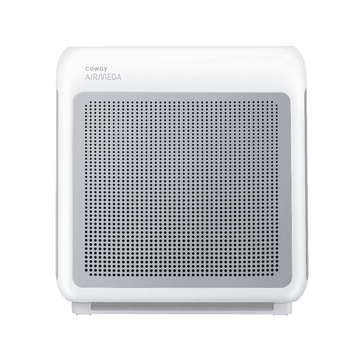
Clean air doesn’t just happen
Throughout our recent history, air quality and concerns around air pollution have become more and more prevalent. This week, we’re taking a look at some key moments in history to get a better understanding of where we’ve come from and where we are today.
Industrialization and the beginning of air awareness
The industrial revolution is well-known for the damaging effects of air pollution—particularly in England, from Charles Dickens novels to accounts of soot-covered streets and buildings. But, perhaps one of the most powerful events of the 20th century happened in more recent times.
What became known as the Great Smog of 1952 was, in many ways, the culmination of years of pollutants from urban areas mixing with air condensation, which created a blanket of smog across London. The smog lasted for multiple days and was estimated to have killed anywhere from 8,000-12,000 people (estimates vary).
After this horrific occurrence, parliament passed the Clean Air Act of 1956, which restricted the burning of coal in urban areas and authorized local councils to create smoke-free zones. Those who owned homes were also incentivized (using a grant system) to convert their heating systems from coal to an alternative, like oil.
Similarly, in Donora, PA around 20 people were killed by air pollution in 1948. Considered the worst air pollution disaster in U.S. history, this, and other events, would eventually lead to the U.S. Clean Air Act passed in 1970, and additional regulation from the state and federal levels to help reduce and regulate pollution in the U.S.
Car culture and its effects
Even with the Clean Air Act in place, the U.S. continued to struggle with air pollution and poor air quality, particularly in metropolitan areas where many people drive, such as California. Within the U.S., California is well-known for their regulations on air quality, but it wasn’t always the case. Following the post-war population boom, combined with auto exhaust and atmospheric conditions that contribute to a heavy layer of smog each morning, the L.A. area became notorious for its poor air quality, sparking the more strict California emissions standards. California regulations include ambient air quality standards (AAQS), specifically related to particulate matter and ozone, which are not covered under federal standards. As more research becomes available, people across the U.S. and worldwide are becoming more aware of the impact of particulate matter on health. California’s laws are just one way to help reduce exposure to particulate matter and other airborne dangers.
Indoor smoking and secondhand smoke regulations
It wasn’t until the 1980s that smoking bans began to appear in enclosed public places like airplanes and restaurants, beginning with the implementation of designated smoking areas, following concerns about second-hand smoke exposure. Local governments began to ban smoking in more places, with the banning of smoking in New York bars being a landmark moment in 2003. Then in 2010, the U.S. government rolled out its “A Healthy People” objective, calling for the elimination of smoking in all public places and worksites in all 50 U.S. states (and D.C.). Although not all 50 states met this objective, smoking in public spaces has been dramatically reduced throughout the country, with many venues such as restaurants and bars becoming smoke-free. By reducing smoking in public spaces, fewer adults and children are exposed to secondhand smoke, helping to create a safer, healthier environment.
VOC legislation and air awareness today
As part of the U.S. Clean Air Act, VOCs or Volatile Organic Compounds are now regulated in many man-made products. VOCs are a top contributor to ground-level ozone and air pollution, particularly when they react with oxides of nitrogen in the air. VOCs also affect indoor air quality, with concentrations being up to 10 times higher. To combat this, the Clean Air Act helps to regulate the amount of VOCs that can be used in products such as cleaning solutions. Legislation around VOC emissions varies by state, and the landscape of limitation and regulation continues to evolve today.
So, what does this all mean for us? As we continue to learn more about the importance of air quality and our impact on the air around us, legislation will continue to evolve. Although it may be challenging to control the air in the outside world, one thing you can control is the air in your home. Whether you live in a city and see the effects of smog every day, or are tackling seasonal allergies, the air quality around you is ever-changing. A HEPA air purifier is one way to help fight back against poor air quality and help keep your environment safe so you can breathe deeper.
Disclaimers
1Coway air purifiers have been proven to trap dust, pollen, dander, viruses and bacteria in the air based on KCL (Korea Conformity Laboratories) testing.They have been tested in a 30㎥ size chamber according to the Korea Air Cleaning Association standard (SPS-KACA 002-132:2022 Modified) to measure the 0.01㎛ size of particle removal rate. It was tested on maximum airflow speed in normal room temperature and humidity conditions. The performance may vary in the actual living environment of customers.
→ Tested with Airmega Aim, 50, 100, 150, 160, Tower AP-1216L, Mighty AP-1512HH, MightyS AP-1512HHS, 200M, Icon, IconS, 230, 240, 250, 250 Art, 250S, 300, 300S, 350, 400, 400S, 450, ProX
299.97% of viruses, bacteria, fungi and pollen were verified to be removed from the air for Coway air purifiers which have Green True HEPA™ filter applied based on the Japan Food Research Laboratories(JFRL) testing according to JEM 1467 standard.
→ Tested with Coway Airmega Mighty AP-1512HH, MightyS AP-1512HHS, 250, 250 Art, 250S, 300, 300S, 400, 400S
→ All tested by JFRL and received above result within below time.
4The concentration of ammonia, acetaldehyde and acetic acid were proven to be removed within 30 minutes by FCG Research Institute, Inc. Human Life Science Lab. It is not a demonstration result in the actual use space. Not all odors and gases may be supported. → Tested with Coway Airmega 150, 160, Mighty AP-1512HH, MightyS AP-1512HHS, 400, 400S
5The coverage area of the air purifier is based on an area where the air cleaner can make two air changes per hour (ACPH). An air change per hour translates to how many times an air purifier can clean an area, assuming the height of a ceiling to be 8 ft, in one hour. Therefore ** means two air changes per hour means that the cleaner can clean the area once every 30 minutes and * means air changes per hour means that the air purifier can clean the area once every 60 minutes.
10Terms and conditions apply. Discounts, including promotions, coupons, bundle discount and subscription discount, cannot be stacked on top of other coupons. During promotional periods, discount codes will not be able to be applied to orders. Promo codes may apply to products only—filters, accessories, and new products within 3 months of the release date are not included.
11Based on Coway R&D internal laboratory testing, activated carbon filtration was shown to remove up to 95% of ammonia odors within 40 minutes, and up to 99% of fecal odors within 20 minutes. Actual performance may vary depending on usage conditions.

